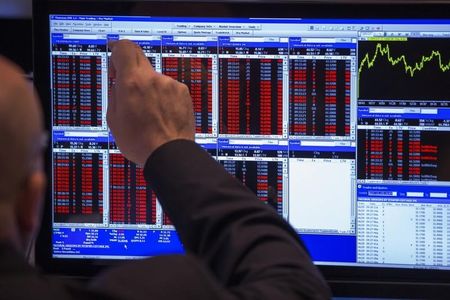
The current sharp in volatility, as evidenced by the current spike within the (VIX), is a reminder that market fluctuations are an inherent a part of investing, Wells Fargo strategists famous in a current report.
Nonetheless, the funding financial institution advises towards reacting unexpectedly to those fluctuations by lowering fairness publicity, stressing the significance of sticking to a well-diversified asset allocation.
In a nutshell, strategists argue that volatility shouldn’t drive traders to exit the market or try to time it.
They spotlight that volatility just isn’t solely related to downturns; sharp upswings may also happen, typically in shut proximity to downturns. The notice underscores that lacking just some of the market’s finest days, which regularly coincide with durations of elevated volatility, can considerably cut back long-term returns.
“Additionally, over the past 30 years, two of the three most recent bear markets comprised almost all of the worst 20 days and half of the 20 best days, further illustrating that the market’s best days often come when volatility is at its highest,” the report states.
Furthermore, essentially the most important market positive factors and losses continuously happen in fast succession, particularly during times of heightened volatility linked to financial recessions or bear markets. As an example, between March 9 and March 18, 2020, the market skilled two of its finest days and 4 of its worst days inside simply eight buying and selling classes.
Wells Fargo additional particulars the psychological biases that will affect funding choices throughout risky durations.
Biases resembling loss aversion, herd habits, and overconfidence can result in detrimental actions like panic promoting or extreme buying and selling. The strategists stress the significance of sustaining self-discipline and never permitting short-term market actions to derail long-term funding methods.
Strategists imagine that each tactical and strategic traders can profit from a diversified portfolio that features numerous asset lessons with completely different ranges of correlation.
For tactical traders, the notice recommends making the most of market dislocations by making tactical shifts—lowering publicity to areas anticipated to underperform and growing publicity to these higher positioned to climate volatility.
For longer-term, strategic traders, the important thing takeaway is the resilience of markets over time. The inventory market has traditionally rebounded from important downturns, typically shifting to new highs.
“For the long-term investor, time is on their side to potentially recover from these downturns if they remain disciplined,” strategists continued.
“In our view, both tactical and strategic investors can benefit by utilizing a diversified allocation that includes a selection of asset classes with varying degrees of correlation to one another.”
As well as, implementing a daily rebalancing technique helps make sure that the portfolio stays aligned with the investor’s targets and maintains the specified asset allocation.




